The Dominican Hill Retreat House, an abandoned structure atop Dominican Hill commonly known as the Diplomat Hotel, is a favorite spot for photography, airsoft tournaments, film making, wedding receptions and photography, cosplay photoshoots and many more. In spite of it being in ruin, almost every tourist that goes to the City of Pines makes it a point to visit this place because it is one of the most panoramic and picturesque spots in the city. However, due to its brutal and grim World War II history, it is considered by paranormal believers to be haunted.
The building had its beginnings in May 1911 when American friars of the Dominican Order (or Order of Preachers), along with a few Spanish members, made plans for the construction of a vacation house for them and the nuns of their order in Baguio. A 17-hectare hill property was first acquired from Americans who reside in Baguio. The hill where the building was to stand was christened as “Dominican Hill.”
The building was designed by Fr. Roque Ruaño, O.P., a civil engineer and one of the members of the order. He was the same architect of the main building of the current campus of the University of Santo Tomas.
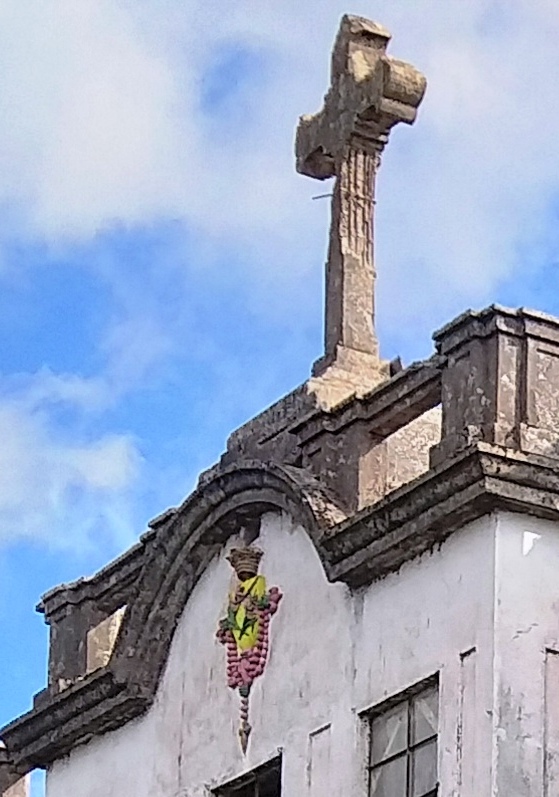
The cross at the front of the hotel. Below it is a bas relief of a probable Dominican shield with a crown on top and a dangling rosary
Construction, said to have started in 1913, was supervised by Fr. Ruano himself. On May 23, 1915, it was then inaugurated. At the time of its construction, it was considered the grandest and most expensive stone structure in the city.
On June 1915, to take advantage of tax exemptions, the order set up a seminary named Colegio del Santissimo Rosario. However, due to the very small enrollment (only 6 students enrolled in 1917), the school closed two years later and the building was reverted to its original use.
During World War II, the people fleeing from the Japanese sought refuge within its walls. Because of its commanding view of the city, the Japanese Imperial Army turned the compound into their headquarters and garrison. Within the courtyard and its grounds, the Kempeitai (Japanese secret police) committed barbaric acts such as torture, rape and decapitation of priests and nuns, as well as refugees.
On April 1945, during the liberation of the Philippines, the American forces bombed the place, partially hitting the right wing of the building while Japanese forces committed suicide. Between 1945 and 1947, the building underwent restoration.
In 1973, Diplomat Hotels, Inc. acquired ownership of the property and thoroughly remodeled the interior into a 33-bedroom hotel, all the while retaining the unique features and Dominican ambiance (the large white cross and the emblem was retained) which were earlier established by the Dominican friars.
The hotel was managed by Baguio-based entrepreneur Antonio Agapito “Tony” C. Agpaoa, the sensational and controversial faith healer (later branded as a hoax by many) famous for psychic surgery who claimed to perform surgery with his bare hands without anesthetic. The hotel became the haven of his patients that came mostly from abroad and they stayed here while being healed.

Multi-tiered fountain at Courtyard No. 1. Babies and little children were said to have been murdered here during the war
In the 1980s, Agpaoa suffered a heart attack and was diagnosed with brain hemorrhage. On January 1982, the 42 year old Agpaoa died of his ailments. Since his death, the hotel ceased operations and was abandoned. Following its abandonment, the place was looted and sacked.
The Housing and Urban Development Coordinating Council, formerly known as the Ministry of Human Settlements, took over the ownership of the hotel. The Presidential Management Staff (PMS) came next. During the June 16, 1990 Luzon earthquake, the building also sustained significant damage.
The property on the hill (currently named as Dominican Heritage Hill and Nature Park) was conveyed to the City Government of Baguio in April 2004 and, on April 5, 2005, was declared a National Historical Site through TCT No. T-85948.
The entire property was declared as a historical site through City Resolution No. 168, series of 2013. The Deed of Conveyance and City Resolutions provided for the rehabilitation of the old building and the development of the property into a park by obligating the city.
It is now under the maintenance of the City Environment and Parks Management Office (CEPMO). In May 2012, as part of the development of Baguio Dominican Heritage Hill and Nature Park as a preserved heritage site and to promote tourism, two new function halls for weddings, training and workshops in the hotel’s west wing were inaugurated. On September 1, 2014, the National Historical Commission of the Philippines declared it as an Important Cultural Property.
This 2-storey building, an example of classic Baroque architectural design with its striking details and admirable design, is a fusion of European church design, blended with local materials and motifs. Its rusticated facade has a porte cochere over a driveway.
The ground floor, with semicircular arched windows, and the second floor, with rectangular windows, are separated by a horizontal cornice. The cornice, at the roof deck level, is located above corbels.
Planned out as a castle complete with crenelations, it has a massive fortress-like character. This is also the first hotel in the country, and even in Asia, to have a cross on its gabled main entrance. From this stone crucifix on the roof deck, a panoramic view of the city can be seen. Its roof also has water collecting devices. Inside are two courtyards, both with multi-tiered fountains.
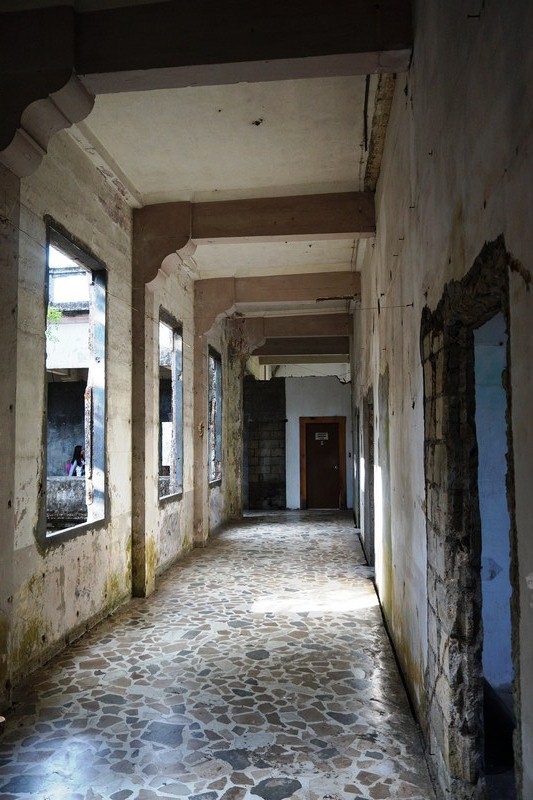
Second floor hallway. Note the still intact, circa 1970s crazy-cut marble flooring. Floor beams are supported by decorative coorbels
If ghosts, spirits and the paranormal tickle your fancy, then this so famously haunted, eerie, bleak and abandoned building is definitely for you. Considered as one of the most haunted places in Baguio City and the Philippines, even since the Diplomat Hotel was open, employees and guests would report hearing strange and eerie noises coming from the building and seeing headless ghosts, with their heads on a platter, constantly roaming the hallways.
However, even after the hotel shut down, those sightings would continue. The people living nearby were often disturbed at night by sounds coming from the Dominican Hill. They would hear banging of doors and windows, clattering of dishes, voices of screaming people who seem to be agonizing, as well as rattling and clanging sounds alternating with total silence. Adding to the eerie atmosphere is the derelict condition of the hotel.
As previously mentioned, during the World War II, numerous nuns and priests (forced to serve as helpers for the soldiers) were beheaded here and this is believed to be the reason why headless apparitions are often seen, during the night, inside the hotel. Crying coming from kids and babies, a common noise, are attributed to the massacre of numerous children done at the fountain.
Others say these are the restless spirits of Agpaoa and his patients. Many years ago, a fire broke out in a portion of the hotel and several guests who were then staying at the hotel were trapped inside and died. According to one of its caretakers, a woman who used to work there as a nurse committed suicide, for unknown reasons, by jumping from the rooftop where the cross is situated.
A lot of documentaries have been written about this mysterious hotel. It was featured on television programs such as Magandang Gabi, Bayan‘s 2004 Halloween Special, AHA! and Kapuso Mo, Jessica Soho. Right beside the Diplomat Hotel ruins, is the fairly recent, A-shaped Ten Commandments Building, a “prayer building” which serves as a symbol that drives away evil spirits.
Check out “Ten Commandments Building“
Diplomat Hotel: Dominican Hill, Diplomat Road, Brgy. Dominican Hill-Mirador, Baguio City, 2600 Benguet. Open 6 AM – 6 PM.

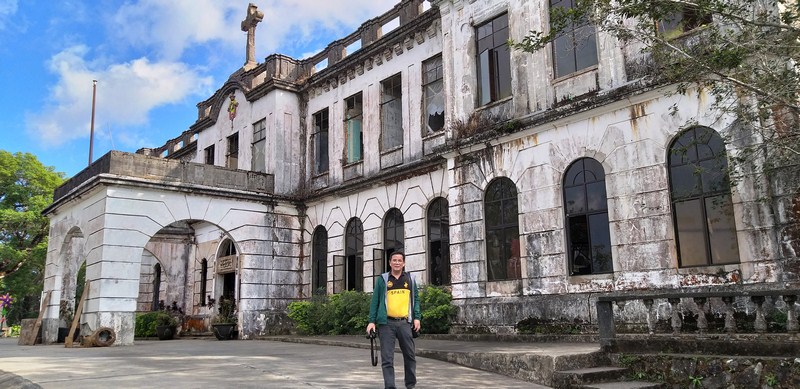
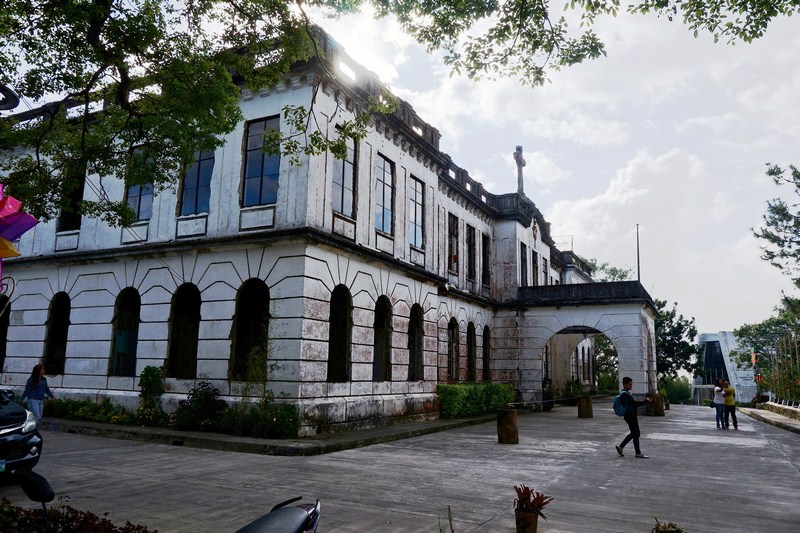


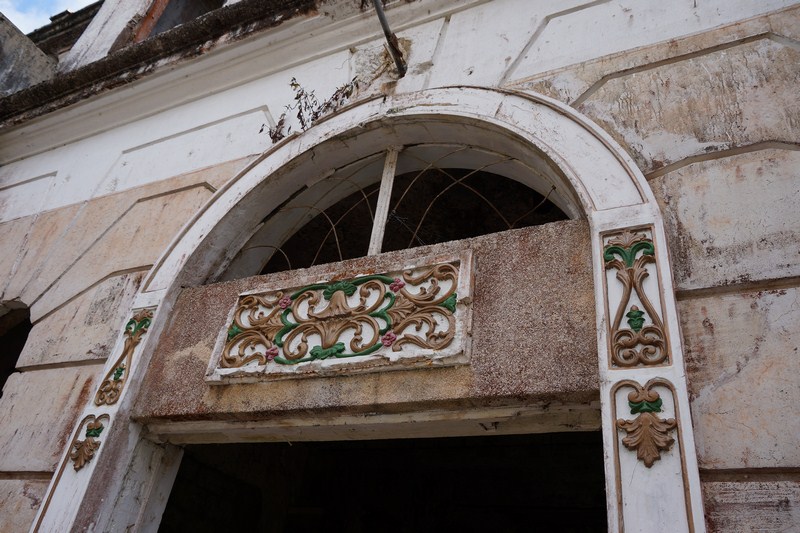

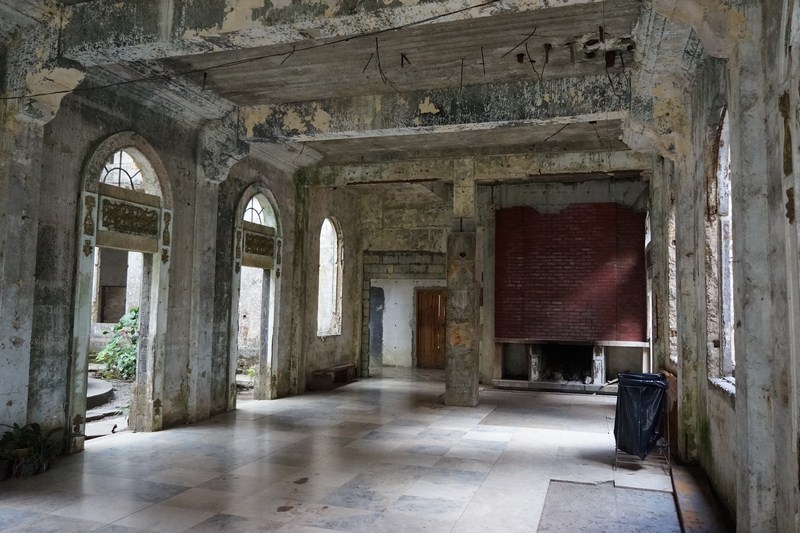


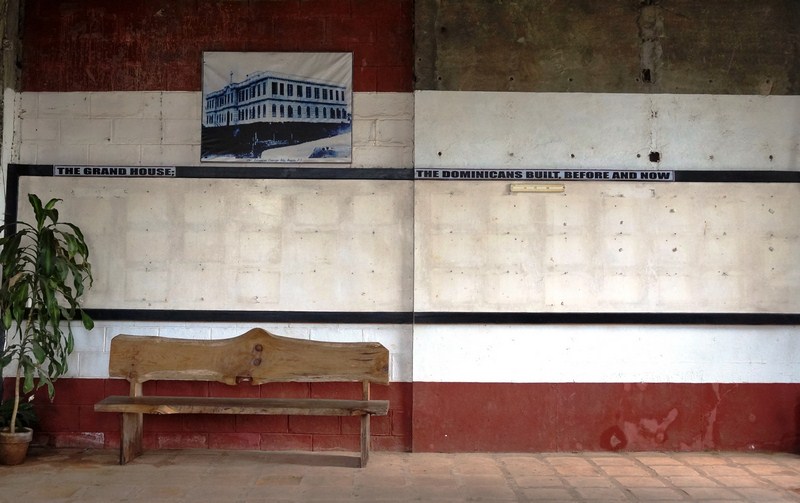
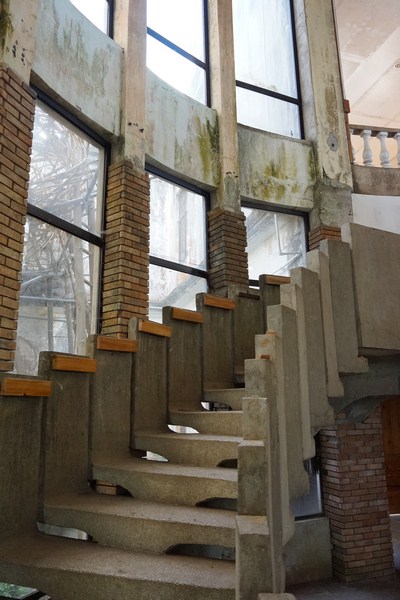
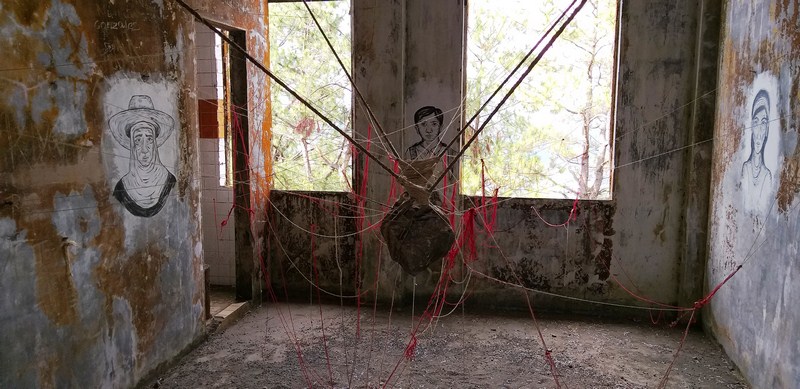
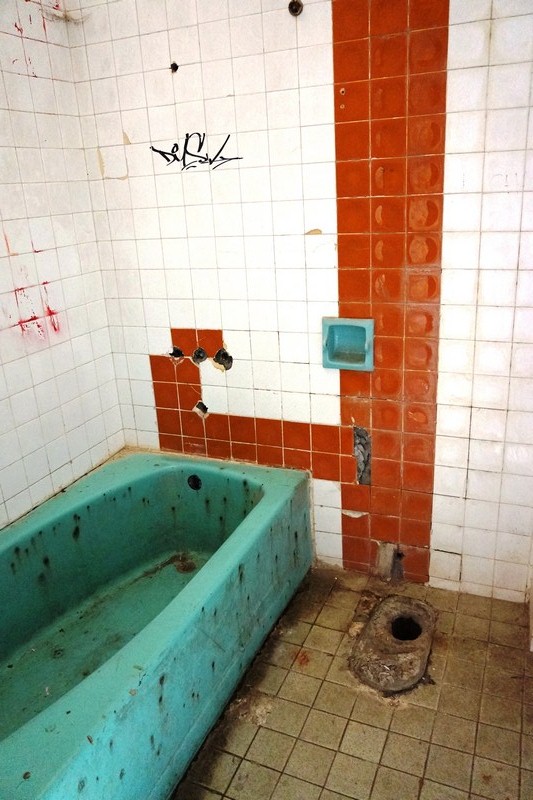


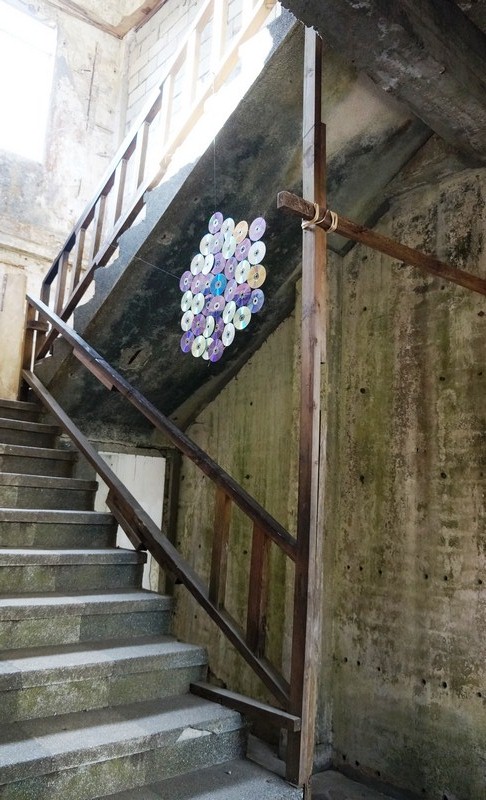


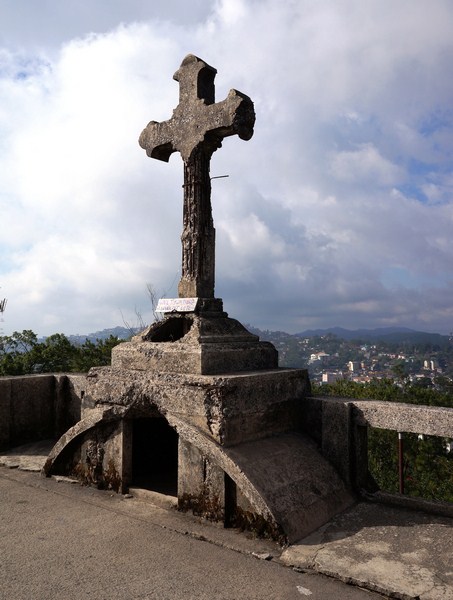

Pingback: Ten Commandments Building (Baguio City, Benguet) – B.L.A.S.T. – Live Life to the Fullest ……… Don't Stay Put